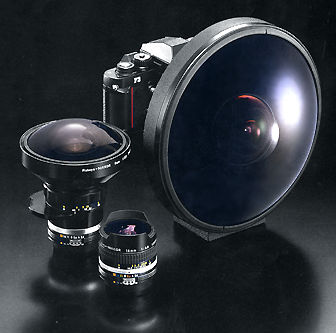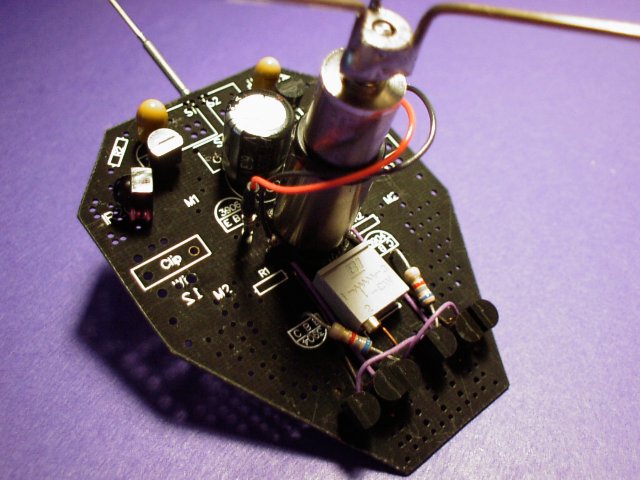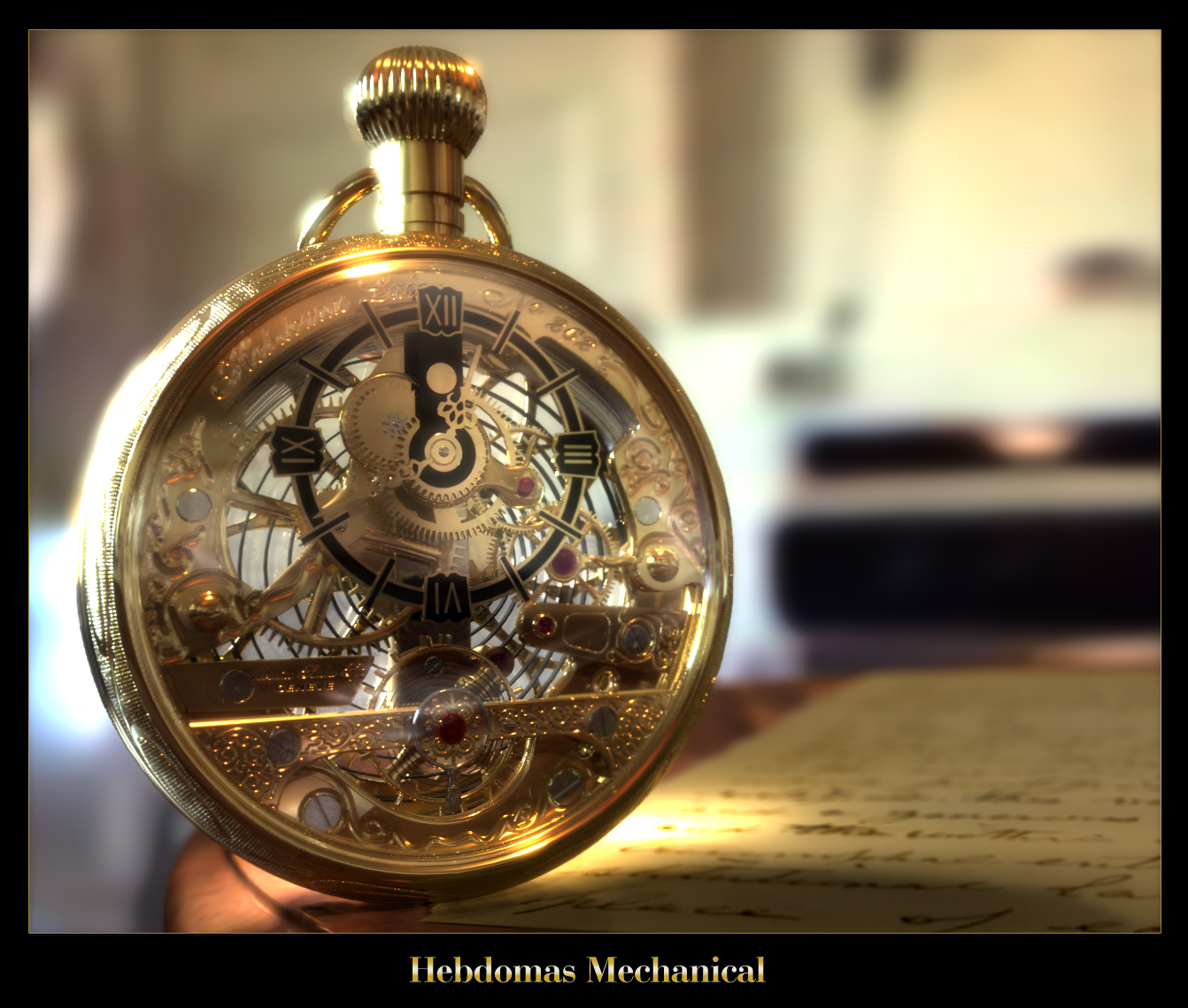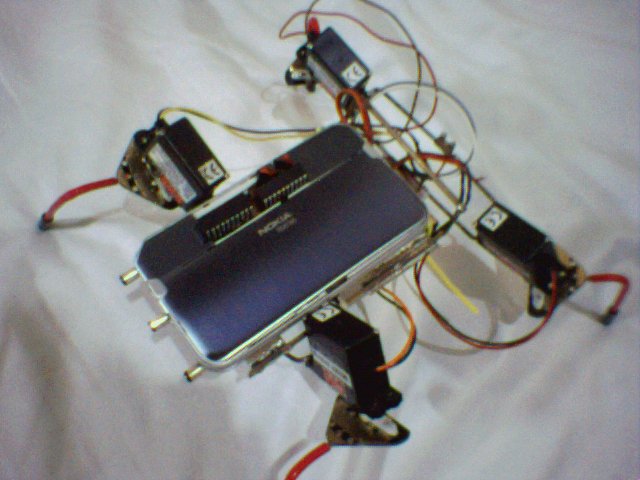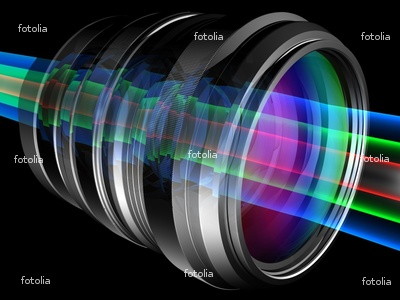BEAM Robotics- based on Nervous Network Technology
|
Colour Vision |
|||
|
Background
Sometime ago in 1672, there was a dude who could not go
outside to play cricket because of the Black Plague. He was very bored,
and in attempts to alleviate his boredom( which leads to death btw), he
carried out many experiments |
|||
| Colour Vision | ||||
|
ON THE COLOUR OF THINGS
For the cases above, we can see that there is a defined
spectral signature for those particular colours. Unfortunately, I kinda
lied about every color having a specific spectra
signature. Purple, for example, has no ON THE COLOUR OF OBJECTS
In this section we must consider the colour of an object
illuminated by white light.
When we perceive a coloured object, one must realise that that colour is
produced because the object absorbs several selected wavelengths of
light. The colour which we see is called the complementary colour. One
can think of it as the object absorbs all the colours except that of
its appearance, which are reflected.
Consider:
If you look at this diagram we see that white light
(which is comprised of the primary wavelengths) is incident upon |
||||
|
From this treatment we can realise what he requirements are for this experiment. Click to see what they are. |
